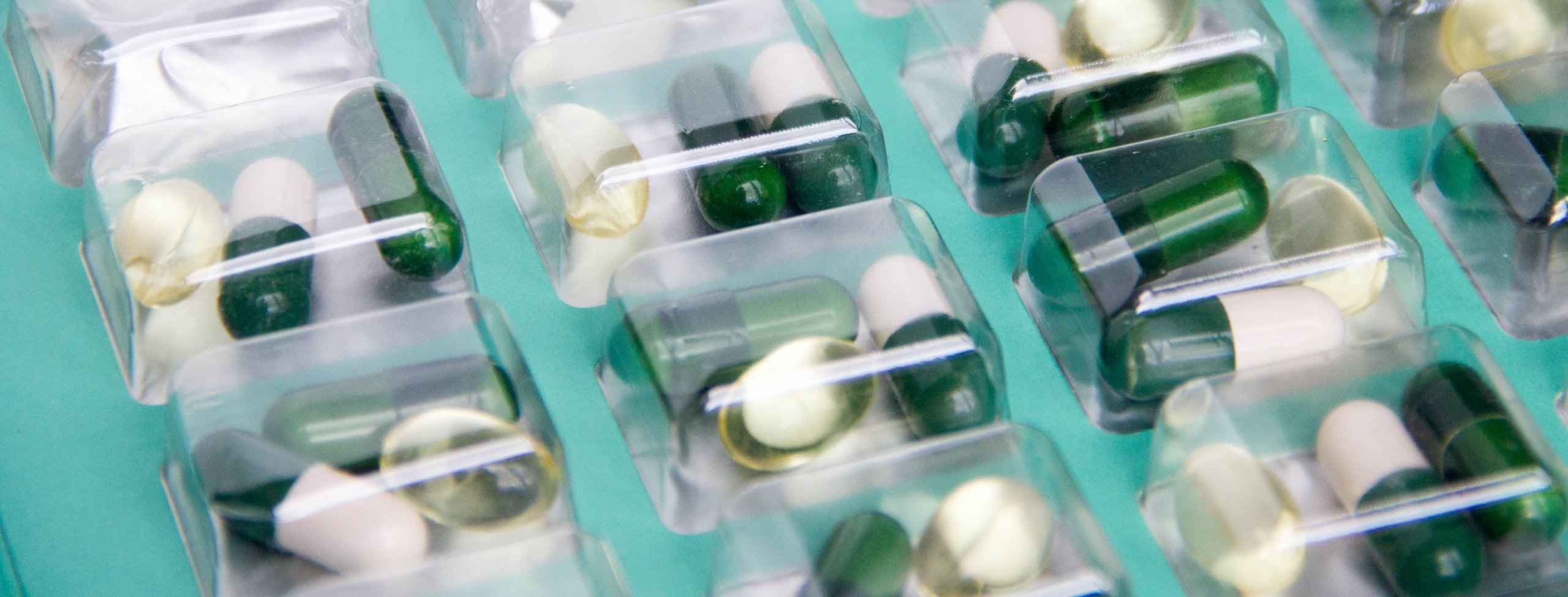
20 September 2023 • 8 minute read
Medicare Part B beneficiaries may see reduced cost-sharing for certain drugs
Observations on CMS’s most recent announcement of Part B rebatable drug coinsurance reductionsThe Inflation Reduction Act (IRA) requires biopharmaceutical manufacturers to pay the federal government if they raise the prices of certain medicines faster than the rate of consumer inflation. It also reduces patient cost-sharing for certain drugs whose prices grew. Last week, the Centers for Medicare & Medicaid Services (CMS) announced a list of drugs for which Part B beneficiary cost-sharing may be lower starting October 1 through the end of the year as a result of this provision of the IRA.
This alert includes our observations about the list of Part B drugs and potential implications for patients.
The Medicare Prescription Drug Inflation Rebate Program, created in the IRA, requires drug companies to pay the government a rebate for single-source drugs and biologics dispensed to Medicare beneficiaries if the drug prices increase faster than the rate of consumer inflation. The starting point, or base rate of comparison, is January 1, 2021. Going forward, if the manufacturer increases the drug price faster than consumer inflation (CPI-U) then it will receive an invoice from CMS for the difference between their price increase and consumer inflation multiplied by the number of units dispensed to Medicare beneficiaries.
There are exceptions for: drugs in shortage, drugs that cost less than $100 per year, preventive vaccines administered by a physician in Part B, and certain biosimilars covered under the Part B benefit. The inflation penalty rebates collected from biopharmaceutical manufacturers will be placed in the Medicare Trust Fund.
Beginning April 1, 2023, the law also allowed for lower Part B beneficiary cost-sharing, below 20 percent of the inflation-adjusted payment amount, for these drugs and biologics with price increases. Part B drugs are generally injectable and infused drugs or biological products that are administered by a physician in a doctor’s office or hospital outpatient setting. The average coinsurance rate in Part B is 20 percent, although Medicare beneficiaries may be in a plan with a different co-pay structure; thus, this rate adjustment may not apply to all.
The recent CMS announcement includes 34 drugs with inflation-adjusted coinsurance rates and applies to the cost-sharing for drugs dispensed in October through December of 2023. Many of the drugs on this new list have already been subject to the drug coinsurance reductions as they appeared on previous versions of this list earlier this year. CMS indicates a reduction in savings of $1 to $618 for the average dose for patients subject to the adjusted coinsurance. However, for 24 of the 34 of the drugs on the CMS list, the coinsurance rate still exceeds 19 percent; seven of the remaining ten have coinsurance rates still exceeding 17 percent. The two drugs on this list with the lowest coinsurance rates, at 13 percent, have payment limits below $16, indicating a relatively low Average Sales Price (ASP) at baseline despite landing on this CMS list for Part B drugs with increases that exceeded inflation to a greater degree (based on July and October 2023 ASP pricing files).
Additional information about these Part B drugs and biological products can be found in the quarterly Medicare Part B Drug ASP public files. The Part B drugs impacted by this coinsurance adjustment may change quarterly. The sales data included in the public file are submitted each quarter by the drug companies to CMS. CMS then calculates ASP and typically releases the ASP public file a few weeks before the quarter for which they would go into effect so the public can review and notify CMS of any potential issues.
Since April 2023, CMS has posted adjusted coinsurance rates in the ASP public files. The number of drugs with inflation adjusted coinsurance for each ASP public file to date is listed in the table below. The October ASP file that is posted by CMS lists 24 drugs with inflation adjusted coinsurance, 10 fewer than the drugs listed in the recent announcement. In all three files, there are between 750 and 800 drugs listed, meaning that no more than 5 percent of those part B drugs listed have increased their prices beyond the rate of inflation since the start of the program. In all three files, the majority of drugs that do have inflation adjusted coinsurance rates still have coinsurance above 19 percent, indicating the price increases have not greatly exceeded inflation.
The range of drugs selected and associated savings on coinsurance are listed in the table:
|
CMS ASP pricing files |
April 2023 |
July 2023 |
October 2023 |
|
Count of drugs with inflation adjusted co-insurance |
15 |
31 |
24 |
|
Count (percent) of drugs with inflation adjusted co-insurance, where the coinsurance rate isgreater than 19 percent |
9 (60 percent) |
25 (80 percent) |
18 (75 percent) |
It remains to be seen how the program will affect future price increases and coinsurance adjustments. Part B drug spending growth has exceeded the rate of drug spending growth in Medicare Part D in recent years (ASPE report highlights August 2023). Part B spending growth is concentrated in a small number of drugs and is driven primarily from biologic drugs (ASPE June 2023 issue brief).
For more information about this announcement, please contact your DLA Piper relationship partner or the authors of this alert.

.jpg?h=975&iar=0&w=2560)
